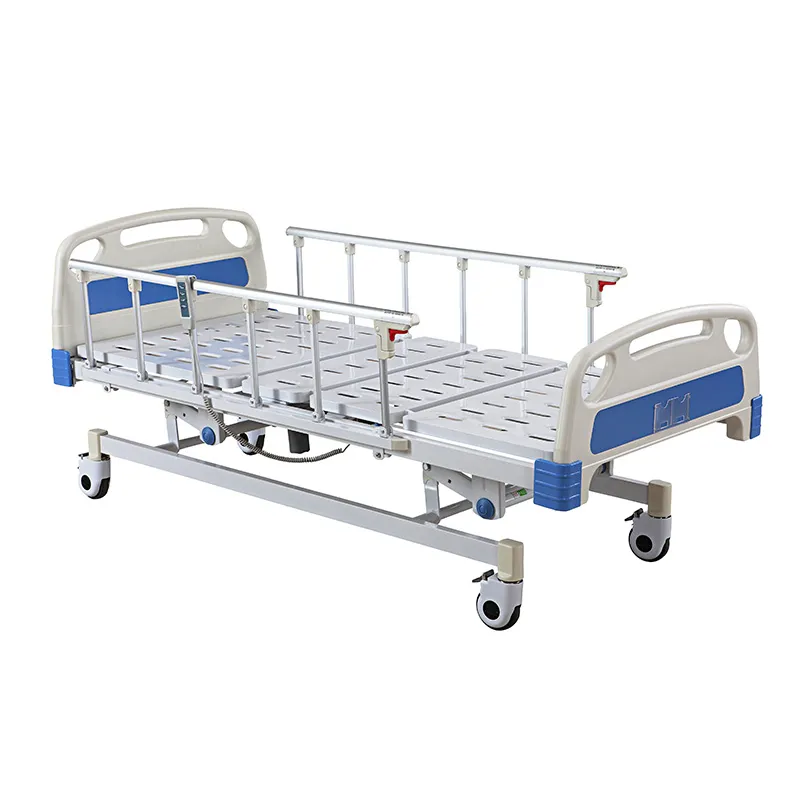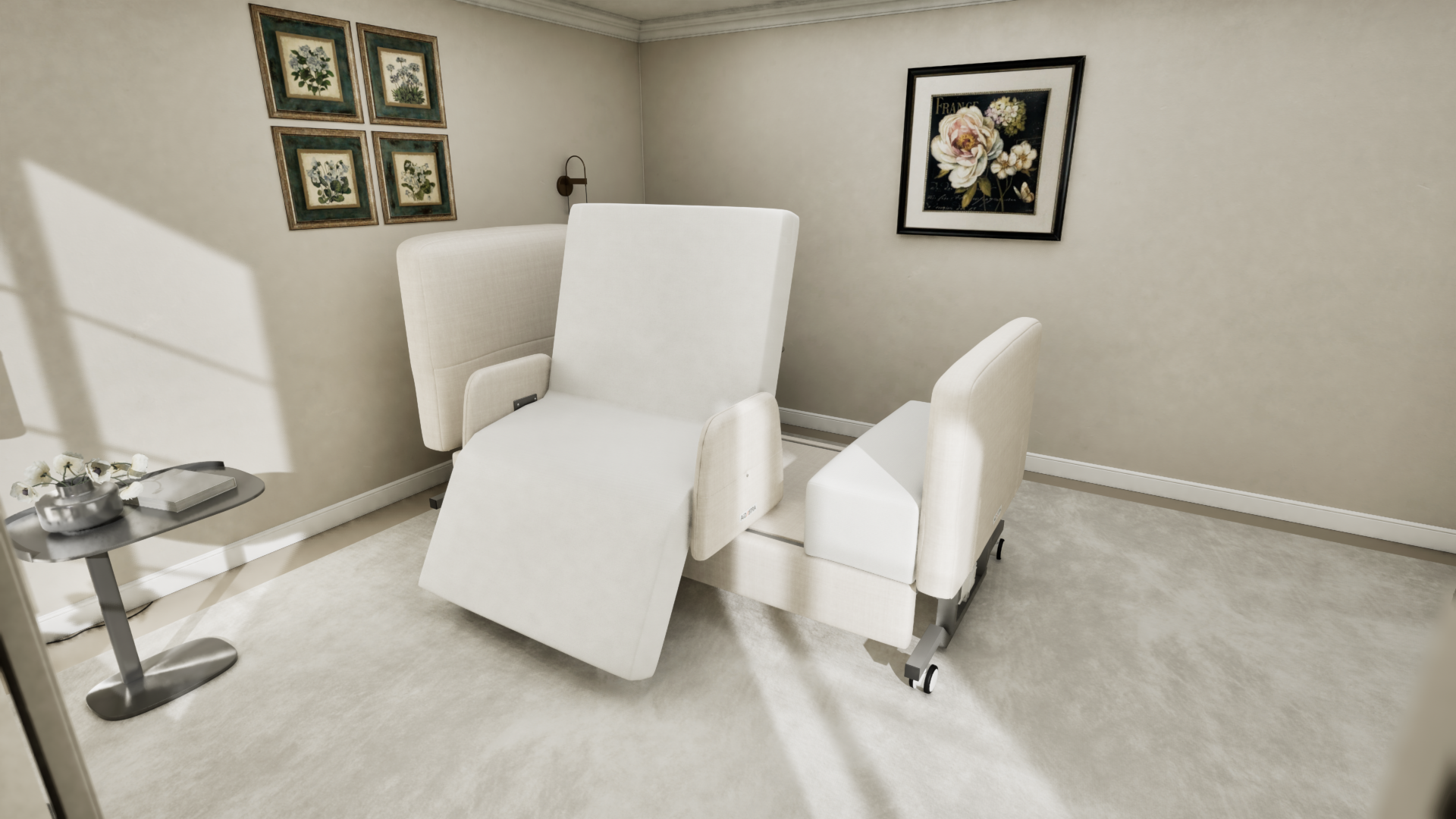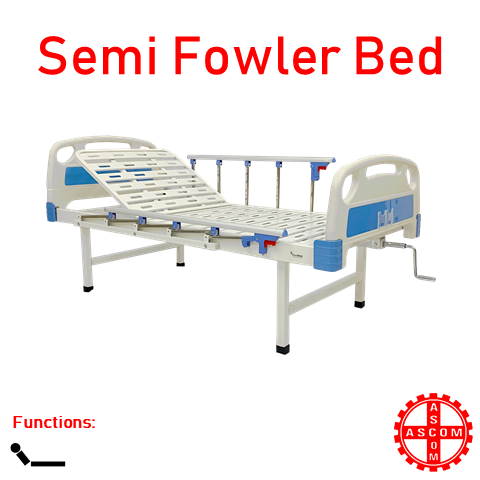Hospital Beds For Home Use - Truths
Getting My Hospital Beds For Home Use To Work
Table of ContentsThe Definitive Guide for Hospital Beds For Home UseHow Hospital Beds For Home Use can Save You Time, Stress, and Money.The Basic Principles Of Hospital Beds For Home Use The Greatest Guide To Hospital Beds For Home UseThe 8-Second Trick For Hospital Beds For Home UseThe Buzz on Hospital Beds For Home UseThe Definitive Guide to Hospital Beds For Home Use
All modifications are regulated electrically, which is very easy to operate and extremely precise. It appropriates for occasions where patients have actually restricted flexibility or require to adjust their posture regularly. Next off, we will explore the attributes, uses, and Pros and Cons of each kind of medical facility bed extensive. A hand-operated medical facility bed is the most basic sort of medical facility bed, and all change features are attained via a hand-cranked tool.These hand-cranked tools are typically mounted at the foot or side of the bed, and the caregiver or patient can change the elevation or tilt angle of the bed by trembling the handle. Given that no electric parts are called for, are typically less costly than electric healthcare facility beds, suitable for medical establishments or families with minimal budgets.
All About Hospital Beds For Home Use
For clients who need to readjust their position or elevation often, manual beds might not be convenient sufficient since each modification needs hands-on operation. If the bed needs to be readjusted frequently, nursing team may need to spend more physical toughness to operate the hand-cranked device - hospital beds for home use. Manual beds are usually suitable for patients in the recuperation duration or occasions with low nursing demands
Normally, the modification of the back and legs is regulated by electrical motors, while the general height adjustment still needs to be done by hand. The function of this style is to minimize costs and power usage while maintaining high functional benefit. Compared to manual medical facility beds, semi-electric hospital beds are easier in readjusting the back and legs, particularly for patients that need to adjust their pose often.
Because just some functions depend on power, semi-electric health center beds take in much less power during use. Given that the overall elevation still requires to be adjusted by hand, it might not be as practical as fully electrical medical facility beds for people that require to adjust the bed elevation frequently. Compared to manual health center beds, semi-electric health center beds are somewhat extra complex to run, requiring customers to master the mix of electrical and manual operations.
Electric healthcare facility beds have high modification accuracy and can be specifically adjusted to a certain angle and elevation according to the requirements of people to offer one of the most comfortable assistance. All-electric health center beds are typically outfitted with a variety of extra functions, such as integrated ranges, mattress pressure adjustment, etc, to fulfill the unique demands of different clients.
Some Of Hospital Beds For Home Use
A low bed is a specially designed hospital bed that can be gotten used to an extremely low level, usually just a couple of inches from the ground. The function of this design is to reduce the threat of clients falling from the bed, especially for people that go to risk of dropping, such as the elderly or clients with limited mobility.

The Ultimate Guide To Hospital Beds For Home Use
provide a care environment appropriate for youngsters's height and official site physique, boosting the convenience and safety of kids. Some pediatric beds are additionally geared up with brilliantly colored bed rails or anime decorations to click decrease the concern of youngsters in the healthcare facility setting. For children that need to stay in bed for a very long time, pediatric beds are normally outfitted with anti-bedsore mattresses, adjustable bed rails and other functions to offer detailed treatment assistance.
The distribution bed is also geared up with postpartum recovery features, such as cushion adjustment, bed heating, etc, to assist moms recoup faster. The intensive care bed (ICU Bed) is designed for the critical care unit (ICU) and has extensive surveillance and nursing features. This sort of bed is generally outfitted with user interfaces for a selection of surveillance tools, which can keep track of the person's essential indicators in actual time, such as heart price, blood stress, respiration, and so on.
See This Report on Hospital Beds For Home Use
The intensive treatment bed has a fully electrical adjustment feature, which can rapidly adjust the angle and placement of the bed to satisfy the demands of various treatments and treatment. The design of ICU bed considers the demand of rescue operation. The bed can be quickly readjusted to one of the most suitable rescue pose and accept using rescue tools.
It can successfully isolate patients from the outdoors and decrease the risk of infection transmission. Seclusion beds are typically outfitted with unique bed curtains or securing covers and attached to air purification systems to keep the air around the bed tidy. Isolation beds are particularly created to avoid the spread of pathogens from contagious people and shield the safety of various other people and medical staff.
Seclusion beds are equipped with air purification systems that can filter bacteria and particulate matter in the air to keep the air around the bed clean. Can likewise be readjusted to various positions.
More About Hospital Beds For Home Use
Wider and tougher than a conventional bed. Overweight, obesity, patient sizeDesigned for i loved this patients at threat of dropping out of bed. Reduced to the ground than a common bed.

In a medical care setting, selecting the appropriate bed can not only boost the efficiency of treatment, but additionally substantially improve patient comfort and safety and security. By understanding the types and uses of these beds, medical care facilities and family caretakers can better support and take care of their individuals.
Little Known Questions About Hospital Beds For Home Use.
HomeCare Medical Facility Beds, a division of DiaMedical USA, is dedicated to providing total transparency for its customers. Patients can be bewildered by the various alternatives in long-term care products, and HomeCare Health center Beds is committed to streamlining this procedure, while making sure consumers obtain the info and assistance they need.
Medicare Part B (Medical Insurance coverage) covers medical facility beds as resilient medical equipment (DME) that your medical professional recommends for use in your home. After you satisfy the Part B insurance deductible you pay 20% of the Medicare-approved quantity (if your distributor approves project). Medicare spends for different kinds of DME in various ways.
